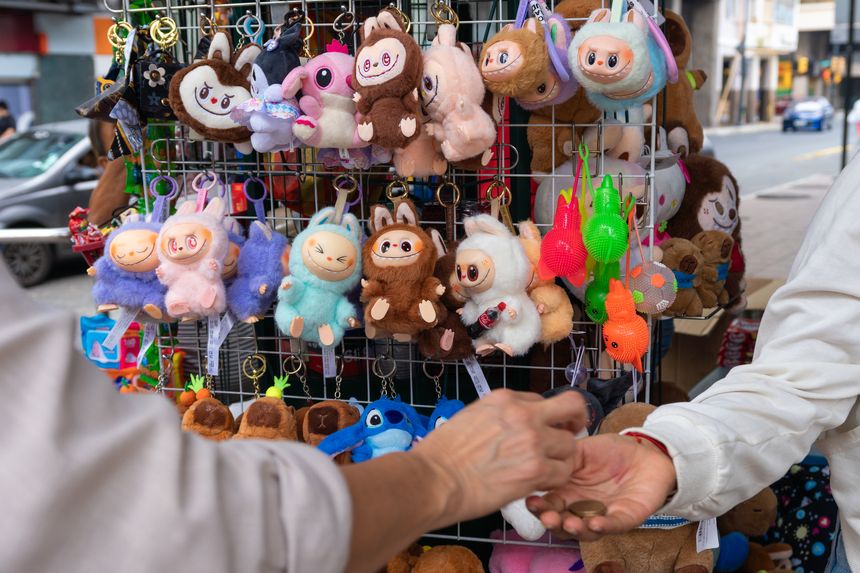
An increase in “kidult” culture (someone over roughly the age of 12 whose interests and purchasing habits align with things more traditionally seen as suited to children) has been one of the factors driving the recent global increase in toy sales.
The Guardian reported in August that toy sales have risen 8% so far this year and a report by Future Market Insights puts the expected value of the global stuffed and plush toy industry specifically at over USD 21.2 billion by 2034. Pop Mart, the Chinese company which makes Labubu dolls, reported an increase in net profit of almost 400% (to c.£474 million) in the first half of 2025. If it's good enough to hang on Lady Gaga's Hermès then it's good enough for us all…
But what appears to be a sweet global trend being driven by nostalgia and a sense of tapping into our inner child has a more sinister side. The UK IPO has announced that 259,000 fake toys worth over £3.5 million have been seized at the UK border so far this year. A staggering 90% (236,000) of these were counterfeit Labubu dolls. Even more concerningly, 75% of seized counterfeit toys fail safety tests, while 46% of those purchasing them experienced safety issues.
Educating consumers of the risks associated with counterfeit goods is one of the key ways to tackle this issue and the UK IPO has now launched a “Fake Goods, Real Harm” campaign in conjunction with leading toy retailers, local authorities and social media influencers. Some of the dangers the campaign is highlighting include counterfeit toys containing banned chemicals linked to cancer, dangerous choking hazards, unsafe labeling and toxic smells, even in toys marketed at toddlers and infants.
The UK IPO report, linked here, includes useful tips for consumers on how to avoid buying counterfeit toys and what to do if you spot a counterfeit or unsafe toy.
This issue is of course a hugely troubling problem for trusted brands selling authentic toys. Product safety and protection of consumers is a top priority, and anything that poses a threat to that is extremely concerning. Counterfeit products not only pose a significant safety threat, but also damage brands' reputation in the public eye if poor quality standards become mistakenly attributed to the genuine goods, and of course sales of counterfeits can undercut sales of the real thing.
This new data reinforces the need for toy brands to have robust intellectual property protection and enforcement strategies in place so that the brand can work to remove as many counterfeit products as possible from the market before they reach the hands of consumers. The efficacy of customs seizures is encouraging, and brands in this space should have Applications for Action in place in key territories in order to remove goods at the point of exit or entry in each market.
Educating customs authorities on the specifics to look out for when determining genuine versus counterfeit is also important. However, the problem is bigger than each individual brand, and as the campaign by the UK IPO shows, joined up thinking across multiple industry players, enforcement agencies and platforms is also key.
Please do not hesitate to contact us if you have further questions or need help with your anti-counterfeiting strategy.
With counterfeit toys, what you see is rarely what you get. Behind the packaging can be hidden choking hazards, toxic chemicals and faulty parts that put children in real danger.

/Passle/6130aaa9400fb30e400b709a/SearchServiceImages/2025-12-19-13-59-57-090-69455a5d9b03a4fc9265ecc4.jpg)
/Passle/6130aaa9400fb30e400b709a/SearchServiceImages/2025-12-19-11-34-12-495-694538345f578b1a57f1e88e.jpg)
/Passle/6130aaa9400fb30e400b709a/SearchServiceImages/2025-12-17-14-35-35-196-6942bfb76438b978e7e85214.jpg)